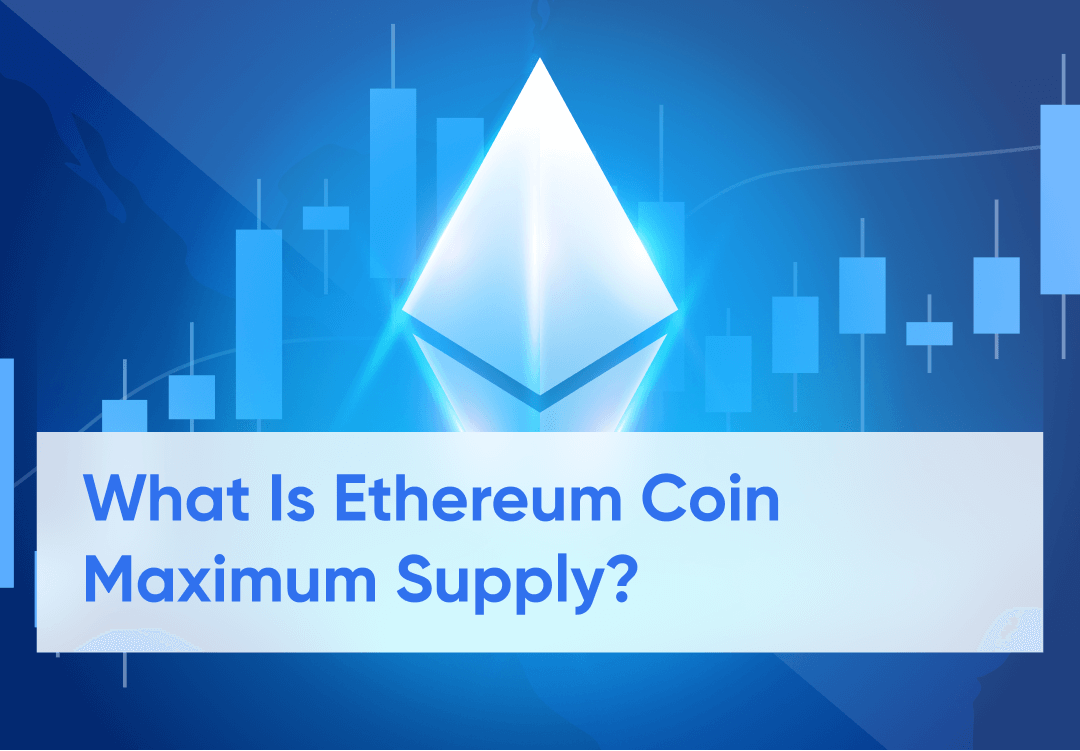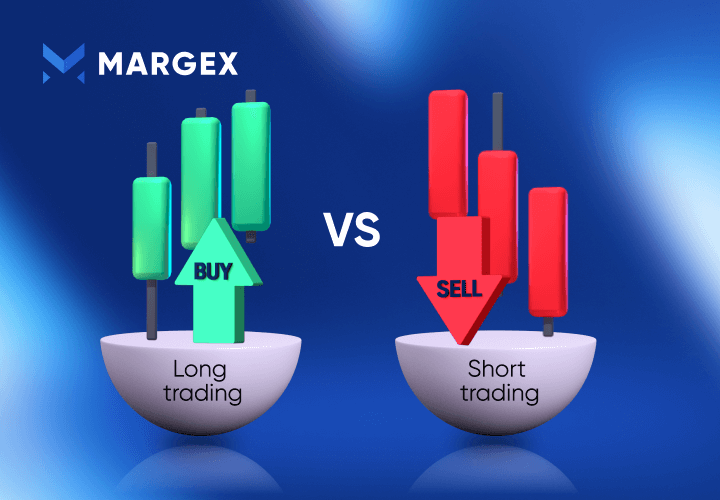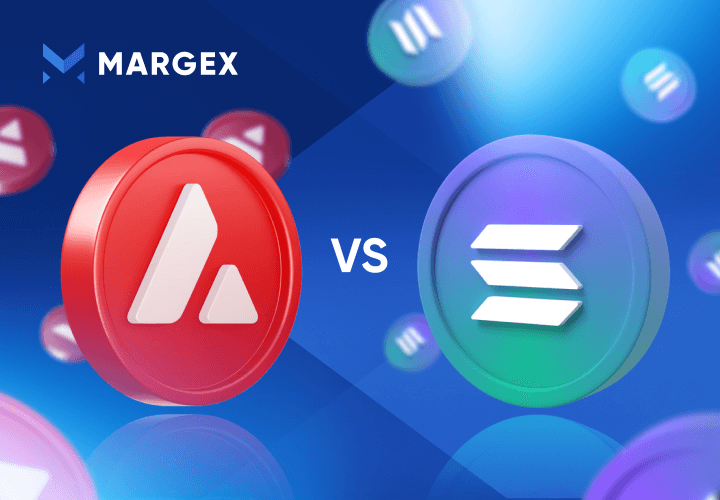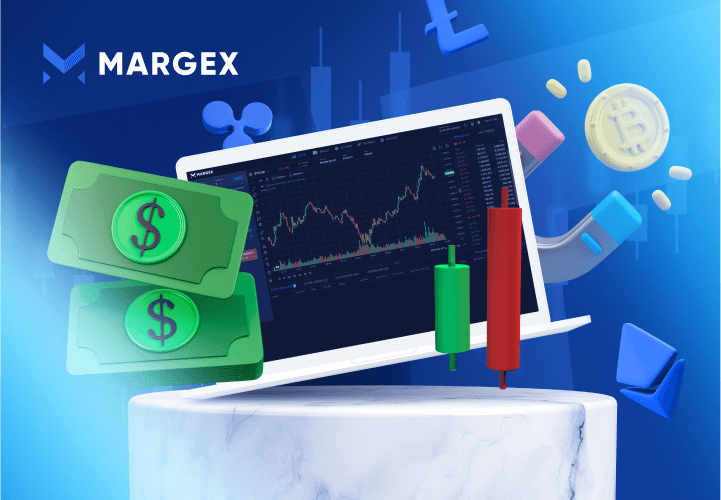Currently, there are more than 10,000 cryptocurrencies in the industry now. This is besides the ones that have crashed. According to data, developers create new projects every month, flooding the market with diverse options.
But Statista states that the top 20 are responsible for 90% of the overall market capitalization, with Bitcoin and Ethereum occupying the top. Ethereum boasts a market capitalization of $146+ billion and is the second most popular after BTC.
If you’re an Ethereum enthusiast, you probably know that the project is also the leading altcoin in price and trading volume. But the question now is, how many Ethereum are there in the market?
Keep reading to find the answers to this question and to know how many Ethereum can be mined.
What Is Ethereum - An Overview
Every crypto enthusiast knows Ethereum is the second largest cryptocurrency facilitating the peer-peer decentralized transfer of value. The global cryptocurrency facilitates seamless transactions and support for other crypto projects on its blockchain.
Ethereum white paper emerged in 2013, but the blockchain launch occurred in 2015. The design of the network is to function in a secure, decentralized, programmable, and scalable manner.
Enterprises and developers inclined to the world of technology can leverage the Ethereum network for several purposes. They can use Ethereum to develop safe digital technology. Its token acts as a reward for the efforts to sustain the operation of the network.
Features of Ethereum – how Ethereum works
The Ethereum blockchain network has some essential features responsible for its successful operations. Here are detailed descriptions of these features.
Ether (ETH)
Ether or ETH is the native digital currency of the Ethereum network and its primary driving force. Like the world's largest cryptocurrency, Bitcoin, the Ether token functions as a peer-to-peer (P2P) digital currency.
Ether serves as the exchange for purchasing computational resources. It’s also the fee users pay for every transaction on the Ethereum blockchain network. In addition to being the transaction fee, it’s also an acceptable payment for purchasing gas.
Gas is vital for deploying contracts and paying for transaction computation on the ecosystem. It serves as the fee for transaction execution on the Ethereum blockchain. With the Ether token, developers can seamlessly build smart contracts and decentralized applications (DApps) and pay for traditional P2P transactions.
DApps (decentralized applications)
The Ethereum blockchain works contrary to a centralized database. The network has a set of individuals called validators.
The validators are responsible for verifying all transactions executed on the network. They perform this action by deploying the network's smart contracts. This kind of operation makes Ethereum a decentralized network.
The Ethereum virtual machine
The Ethereum virtual machine, also known as EVM, compile and deploy smart contracts on the network. The EVM is an engine that helps Ethereum to understand and process the Solidity language of smart contracts.
The operations of the EVM occur in an environment called the Sandbox. This is where users deploy their different stand-alone environments. These environments act as development and testing environments for smart contracts.
Users can test their smart contracts a specific number of times. Afterward, they will proceed to the verification stage to confirm the functionality and performance of the smart contracts.
If the users are okay with the result, they deploy the smart contract on the main network of Ethereum.
How the EVM works
Usually, every transaction between two parties is first sent to the EVM by implementing a smart contract. The data sent to the EVM through the smart contract will also contain the transaction type between both parties.
The Ethereum network will validate the transaction using the PoS instead of the former proof-of-work consensus system before the Merge. The validation process involves confirming whether the sender's identity exists and meets the requirements. The Ethereum node performs this action.
If the validation process is successful, the specified Ether amount will be deducted from the sender's wallet and credited to that of the receiver. The validation process always attracts a fee from the owners.
Every validator node on the Ethereum blockchain network uses its designated EVMs to execute smart contracts.
Smart contracts
The evolution of traditional contracts gave birth to the known smart contracts in use today.
Smart contracts are digital programs that enhance the dealings between two or more parties on the same or dissimilar blockchains. Different digital asset transactions, such as property transfers, shares, and money transfers, can be successfully executed using smart contracts.
But terms and conditions are available for both parties to agree on and meet before they execute their transactions.
Smart contract edge over traditional contracts
There are notable advantages of smart contracts over traditional contracts. This concerns the level of security and privacy between both contract forms.
Traditional contracts usually require a trusted third party to execute them. In such a system, the chances of compromising the information on the contract are high. But smart contracts are different because they are embedded in a software program with a code.
Smart contract results have no backing or verification concerns from centralized authorities. Participants on the Ethereum blockchain network are responsible for confirming the results of each signed smart contract. This way, removing or altering the smart contract's data is impossible after its execution.
DAOs (Decentralized Autonomous Organizations)
The decentralized autonomous organization functions independently of hierarchical management. It's a digital organization with a democratic and decentralized system.
Certain authorities in the DAO have been assigned to carry out decision-making tasks according to its operating system. The DAO performs its activities on a blockchain network, which means the smart contract protocol of the blockchain network governs every action it takes.
To make decisions on the blockchain, the DAO depends on its decentralized system of voting or smart contracts. This is where DApps come into play, given that they create the environment for the voting system.
How the DAO system works
Generally, the DAO receives funds from people to make and execute decisions. This set of individuals are shareholders of the organization.
During the process, the shareholders send a token to every member of the organization based on the number of shares they have.
The DAO members use the tokens to pioneer voting in the organization. They finally determine the proposal status by considering the votes with the highest figure. The voting process is the determining factor of every decision the DAO members make.
Application of Ethereum in real-world
The use of Ethereum is gradually spreading across several business sectors. A few of these sectors include the systems of financial institutions, voting, contracts (agreements), and shipping.
Financial institution systems
The fact that the Ethereum network is decentralized gives it a place in the financial system regarding security, automation, speed, and cheaper transactions. The Ethereum network allows financial institutions to make payments like remittances fasters and cheaper.
Also, using smart contracts to execute transactions automates the processes in financial systems and ensures transparency.
Voting
Just as it is with the DAO, other voting systems are also implementing the Ethereum network. Voting systems can benefit from the network's transparency, which helps prevent malpractices.
This is possible through the publicly available polls the network provides.
Contracts (agreements)
The Ethereum network's smart contracts create a security agreement between different parties. No one can alter or delete agreements made with the Ethereum smart contracts. This contract is helpful for industries open to disputes due to mixed participants.
The network enables the development of smart contracts and allows developers to record agreements digitally.
Shipping
Using Ethereum in shipping processes makes it easy to monitor cargo, preventing the misplacement or counterfeiting of goods. Moreover, the Ethereum network offers the tracking and provenance framework that a typical supply chain requires for a successful asset migration.
Can Ethereum Total Supply Change After Upgrading To 2.0?
According to data from CoinMarketCap, there are about 122,373,866.22 ETH tokens in circulation at the time of writing. In the meantime, Ethereum has no specific maximum supply. However, this fact doesn’t imply that the circulating supply of the token will get much higher.
As per simulations from Ultrasound Money, the supply of Ethereum tokens will likely drop by 2% yearly after its move to PoS. Ultrasound Money is the known Ethereum tracker.
Should this supply rating stand, chances are that more ETH tokens than the ones each Ethereum block produces will be burnt.
The deflationary pressure goals
The Ethereum developers carried out an upgrade of the Ethereum blockchain network in August 2021.
The Ethereum improvement proposal, also known as EIP-1559, was implemented in the process. The idea was to improve the Ethereum block size, which would thwart the congestion on the blockchain network. The motion also aimed to destroy the transaction fees meant for the miners.
This upgrade was aimed at placing deflationary asset pressure on the Ethereum coin, considering its circulating supply was six times bigger than that of Bitcoin.
The issuance of the ETH token significantly dropped following the upgrade at the time. Watch the Burn (crashed after Merge) statistics revealed a 57% drop in ETH issuance a few months after the upgrade.
Considering the upgrade's effect in 2021, it's also probable that the supply of the token will drop following its upgrade to 2.0. As before, the deflation pressure will again turn into a real deflation occurrence, which will shrink the total supply of Ethereum.
How Many Ethereum (ETH) Coins Remain?
Ethereum has a limitless number of tokens remaining to be released. It's still impossible to tell whether Ethereum will become a deflationary asset or remain inflationary.
Based on figures, the total number of Ether staked from January till date is about 9 million tokens. This figure is worth around 30 billion USD.
Considering the total number of staked ETH, it's clear that there are about 280K validators active on the network.
Chances are that the number of these validators will keep rising. Should this be the case, the Ethereum blockchain will be more decentralized in time.
In the meantime, the total supply of Ethereum is about 122.374 million tokens, as per data from TradingView. The Ethereum token in circulation is currently over 122.374, with a market cap of $148.256 billion.
How Large Is The Ethereum Blockchain?
For now, the size of the Ethereum blockchain stands at 1024.87 gigabytes. As of November 18, 2022, the token’s blockchain was around 1022.19 gigabytes, which shows that the Ethereum blockchain has gained about 0.26% in size in the last 24 hours.
However, in the last year, the Ethereum blockchain stood at 1072.54. Considering this figure, the token’s blockchain size has slightly dropped by about -4.44%.
Judging from its recent movements, its size will probably increase even further in the long run.
How is Ethereum doing now, and price prediction by Margex – 2023 to 2025
Ethereum is currently trading at $1,208.56 with a 24-hour price change of -0.39%. Its trading volume in the last 24 hours stands at $5.88 billion at the time of writing.
Based on the Ethereum price analysis from Margex, the expected maximum price of the token in 2023 is $2,822. As per the technical analysis of the crypto experts, Ethereum's minimum price will be around $2,391 and an average trading price of $2,476.
In 2024, Ethereum might hit a maximum price of $4,145 and a minimum price of $3,545. The average trading price will be in the range of $3,668.
The Ethereum crypto trend tends toward even higher gains in the following year, with a maximum value of $6,251. Its minimum and average trading prices are as follows; $5,288 and $5,435, respectively.
But note that price forecasts are speculative and can move up or down based on macros, market sentiments, and other factors.
FAQ-Common Questions On Ethereum Supply
Find more answers to understand the supply limit, ETH, its circulation amount, and others.
How many Ethereum coins exist?
At the time of writing in November 2022, Ethereum coins in circulation were approximately 122 million ETH. Ethereum blockchain doesn’t have a limitation on its coin supply. It could expand with more ETH tokens in the future. However, EIP-1559 serves as a measure of controlling ETH coins through a token-burning mechanism.
Does Ethereum have a maximum supply?
Ethereum has the potential to keep growing and expanding in the future according to users’ demands. Hence, Ethereum doesn’t have a maximum supply.
What is Ethereum (ETH)?
Ethereum is a decentralized open-source blockchain featuring a native crypto asset, Ether, and powers many Ethereum DeFi smart contracts.
Ether is one of the prominent key platforms for other cryptocurrencies and the execution of crypto transactions. It’s tradable on virtually all cryptocurrency exchange platforms.
Ethereum is noted as the decentralized network that supports decentralized finance (DeFi), decentralized applications (DApps), and decentralized exchanges (DEXs).





